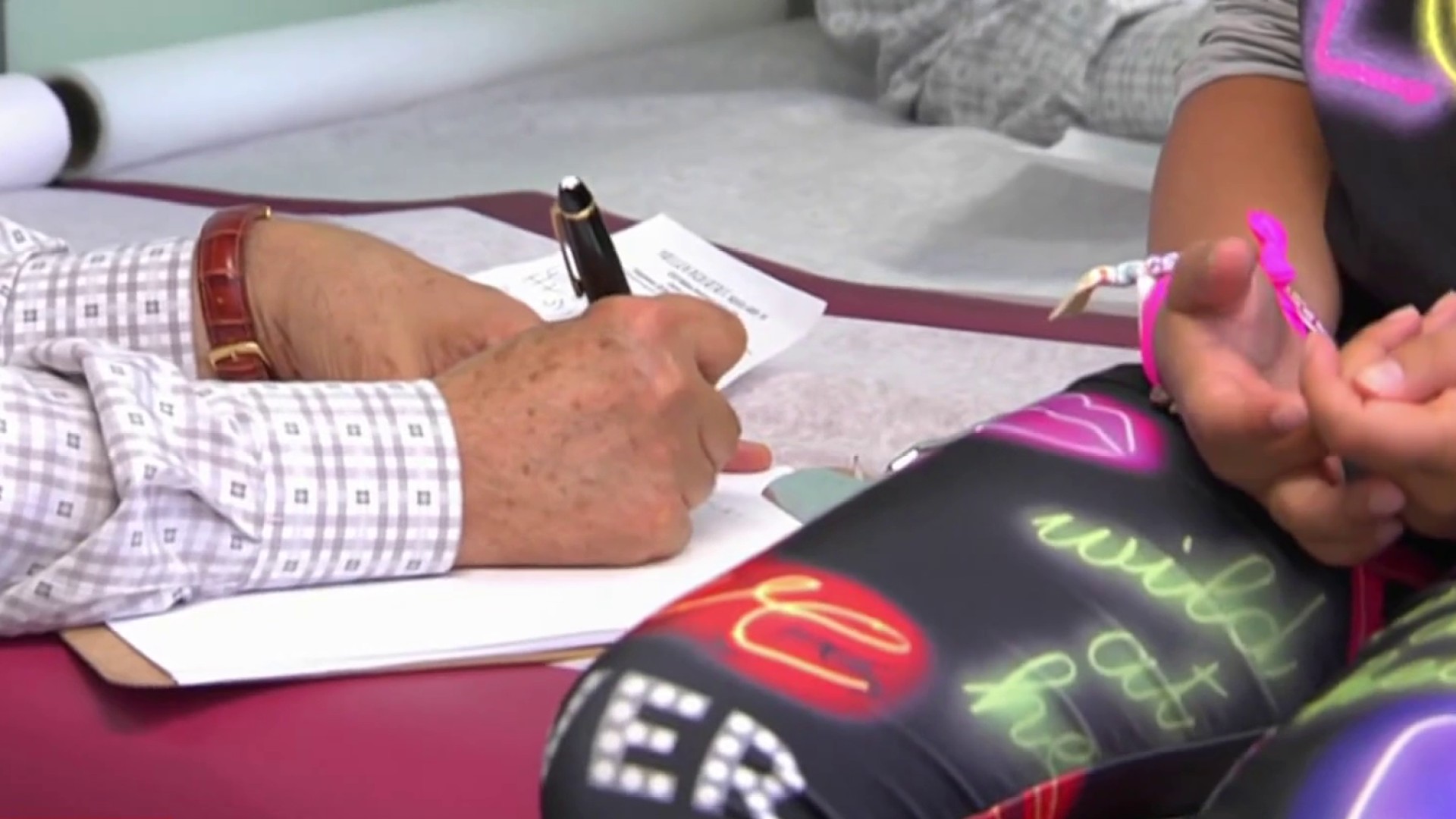The price of beauty can be more than just money.
Across nine states, 15 people were injected with counterfeit Botox as of May, according to the Centers for Disease Control and Prevention. They had reactions including slurred speech, difficulty swallowing and double vision.
At a spa in New Mexico, three people were diagnosed with HIV after they got what’s known as vampire facials back in 2018. An investigation later revealed that needles were being reused from client to client and the spa was unlicensed.
More than 23 million people in the U.S. had some form of minimally invasive procedure in 2022, according to the American Society of Plastic Surgeons. This includes Botox, fillers, lip augmentation, skin resurfacing and skin tightening.
We've got the news you need to know to start your day. Sign up for the First & 4Most morning newsletter — delivered to your inbox daily. Sign up here.
Health experts say these types of cosmetic procedures are generally safe and effective when performed by a licensed provider at a licensed health care facility.
'Do your homework'
Before you get anything done, make sure you’re asking the right questions and checking that your provider is licensed.
“A lot of people out there aren’t even legitimized to inject Botox or filler, so it’s really important you do your homework,” said Erika Barry, a nurse practitioner at Moksha Aesthetics in Potomac, Maryland. She’s considered one of the top aesthetic injectors and trainers in the country.
Before getting any injections, make sure the provider is licensed, Barry said.
Here’s how to look up a cosmetic procedure provider:
- Find the board of nursing website for your state or jurisdiction
- Type in the provider’s name
- Make sure their license is active
- Check for any complaints or actions against them
If you’re looking up a doctor, go to the state’s board of physicians license lookup.
Red flags if you’re getting a cosmetic procedure
In the case of the counterfeit Botox injections, the CDC and FDA found many were administered in non-health care settings such as homes, or by "unlicensed or untrained individuals."
The fake vials of Botox were missing vital information such as the lot number, and the outer carton displayed the wrong active ingredient.
It’s important for patients to ask the right questions, Dr. Jennifer Cope of the CDC said.
“You want to ask about the product itself, whether it is an FDA-approved product and if it's been obtained from a reliable source. And then, if you have any doubts, don't get the injection,” she said.
With social media driving the cosmetic procedure trend, Barry, the aesthetic injector, warns people not to get caught up with before-and-after photos. Instead, read between the lines.
“You can fabricate your befores and afters. You can even buy fake followers, fake engagement, fake Yelp reviews,” she said. “So, you have to be really careful.”
Experts say to check the labeling on the box. It should be written in English.
Look at the price. If it’s too good to be true, it probably is, and the product could be a risk to your health.
Don’t be afraid to ask your injector how long they’ve studied, where they went to school and if they do trainings.



